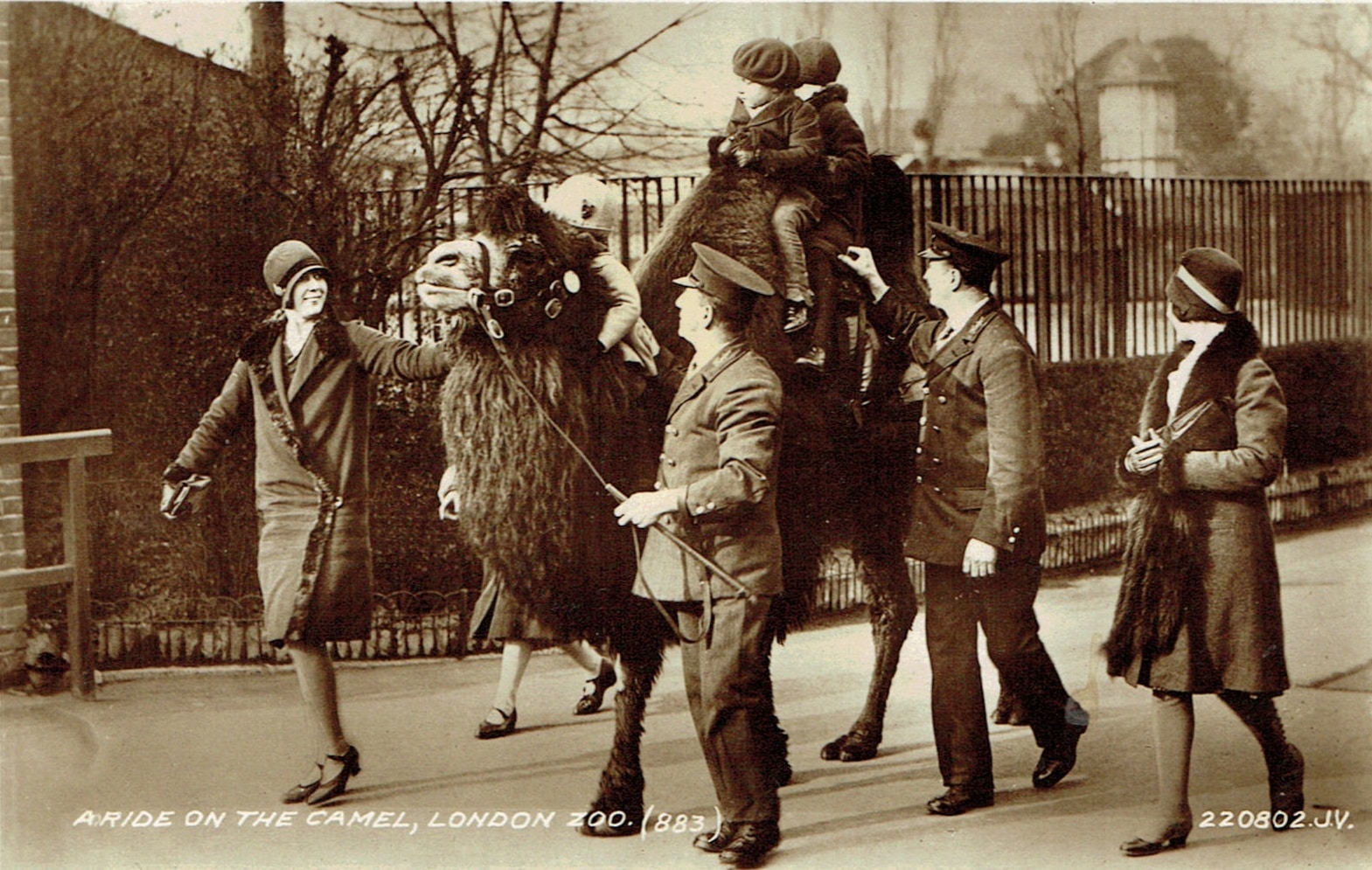They started life as royal hunting grounds: Henry VIII created Hyde Park and St James’s Park; Charles I filled Richmond Park with deer in 1625. But over the centuries, the Royal Parks became open to all, providing 5000 acres of green space for the people of London, making it one of the greenest capital cities in the world.
The parks have seen wartime training, protests across the political spectrum, huge public parties and wild rock concerts. From Speakers’ Corner to the Serpentine Lido, the Royal Parks have provided a gathering place and sanctuary for the city’s ever-changing population.
Looking at Hyde Park, Kensington Gardens, Richmond Park, Bushy Park, St James’s Park, Green Park, Regent’s Park, and Greenwich Park, London’s Royal Parks will draw upon paintings, drawings, photographs and memorabilia from the Hearsum Collection, Royal Collection Trust, Royal Museums Greenwich and the Museum of London to illustrate the surprising histories of London’s Royal Parks.

This photograph is issued to end-user media only. Single use only. Photographs must not be archived or sold on.

Incursion into Richmond Park. From 1751 book Courtesy of The Hearsum Collection

Firework Display in Hyde Park (1919), Charles Wyllie © Museum of London

S460 – man feeding pelicans. 1936 Courtesy of The Hearsum Collection

H1070 – Sylvia Pankhurst at demo. 1935. ACME Newspictures

Riding on a camel postcard. 1920s Courtesy of The Hearsum Collection
